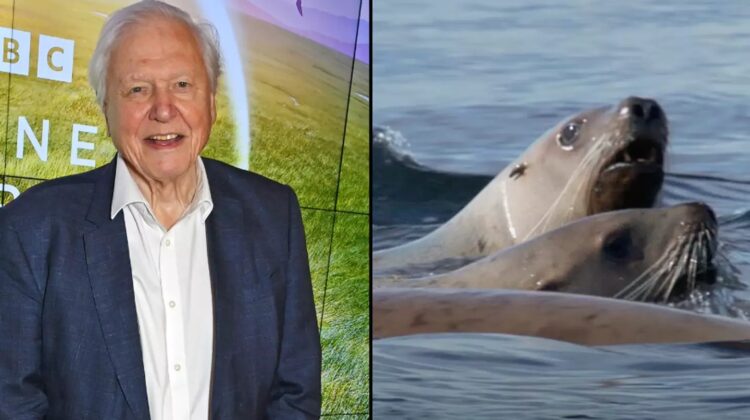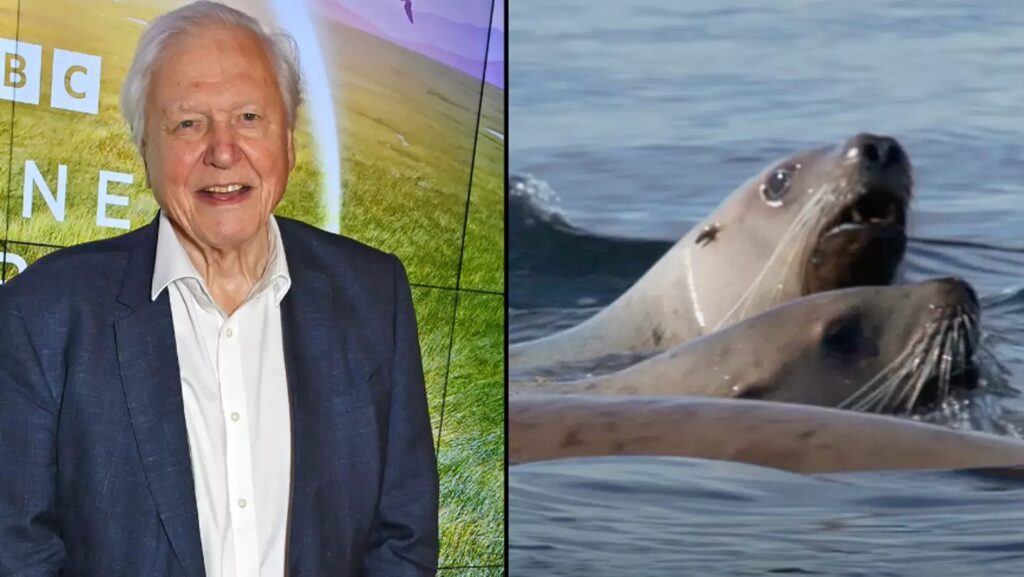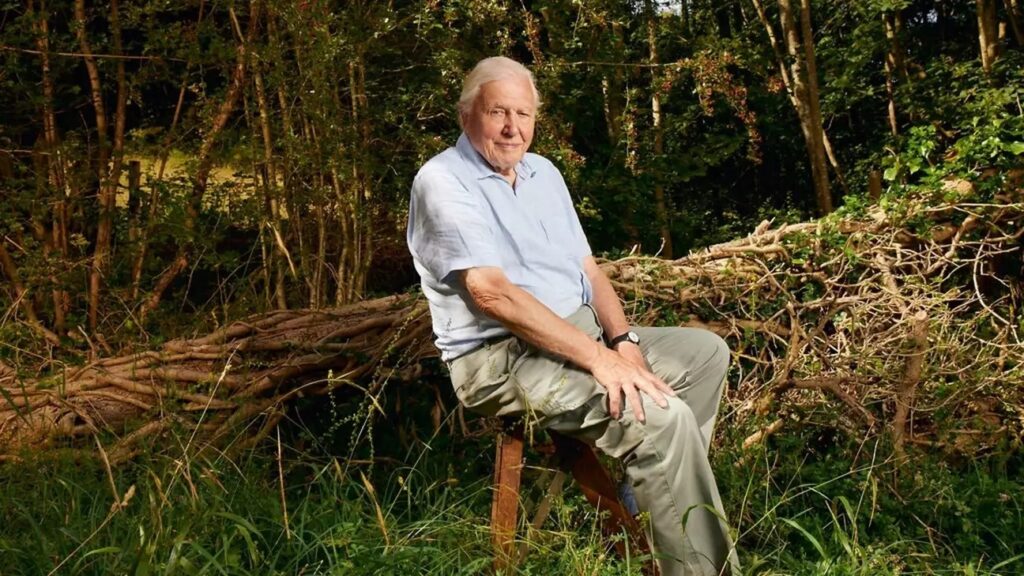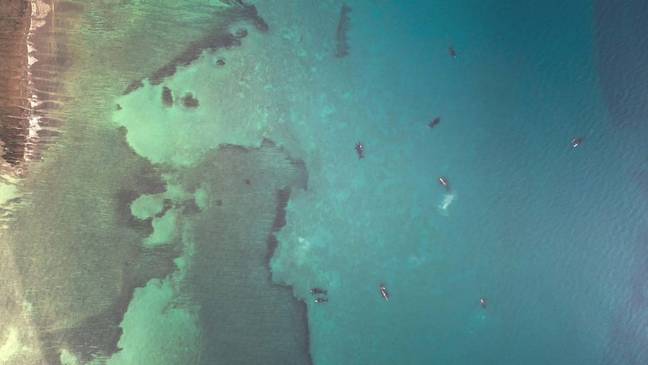
Sir David Attenborough, the legendary naturalist and broadcaster, has returned to the BBC with a remarkable eight-part series titled “Planet Earth III,” filmed over the span of five years across the globe. This eagerly anticipated series is set to reveal the wonders and dramas of the natural world, showcasing how animals adapt to survive in the face of unprecedented challenges.

One distinctive hallmark of Sir David’s work is his commitment to non-interference with wildlife, no matter how brutal nature’s course may be. However, in a surprising departure from their usual practice, the film crew made a decision to step in and aid animals caught in man-made perils like fishing nets and plastic pollution.
Matt Brandon, the series producer, candidly admitted that many of the situations witnessed by their crews worldwide are no longer natural. The crew recognized that the world is evolving, presenting animals with new, unnatural challenges.

Nick Easton, a producer and director of two episodes in the new series, explained that while they continue to avoid interfering in predator-prey interactions and natural hunts, they have increasingly found themselves encountering animals suffering due to human-induced factors.
In the upcoming series, viewers will witness the crew’s compassionate efforts to rescue sea lions entangled in nets and heat-stressed turtles, extending a helping hand by returning them to the ocean. The change in approach reflects the crew’s dedication to shedding light on the impact of humanity on the natural world, a phenomenon referred to as the Anthropocene by some scientists.

As the pace of change accelerates, many creatures are struggling to keep up, while others are showcasing remarkable adaptations to this evolving wilderness. “Planet Earth III” is poised to offer audiences a captivating and eye-opening exploration of the natural world’s challenges and triumphs. The series is scheduled to debut on BBC One on Sunday, October 22, presenting a unique perspective on our ever-changing planet and the remarkable resilience of its inhabitants.

Leave a Reply